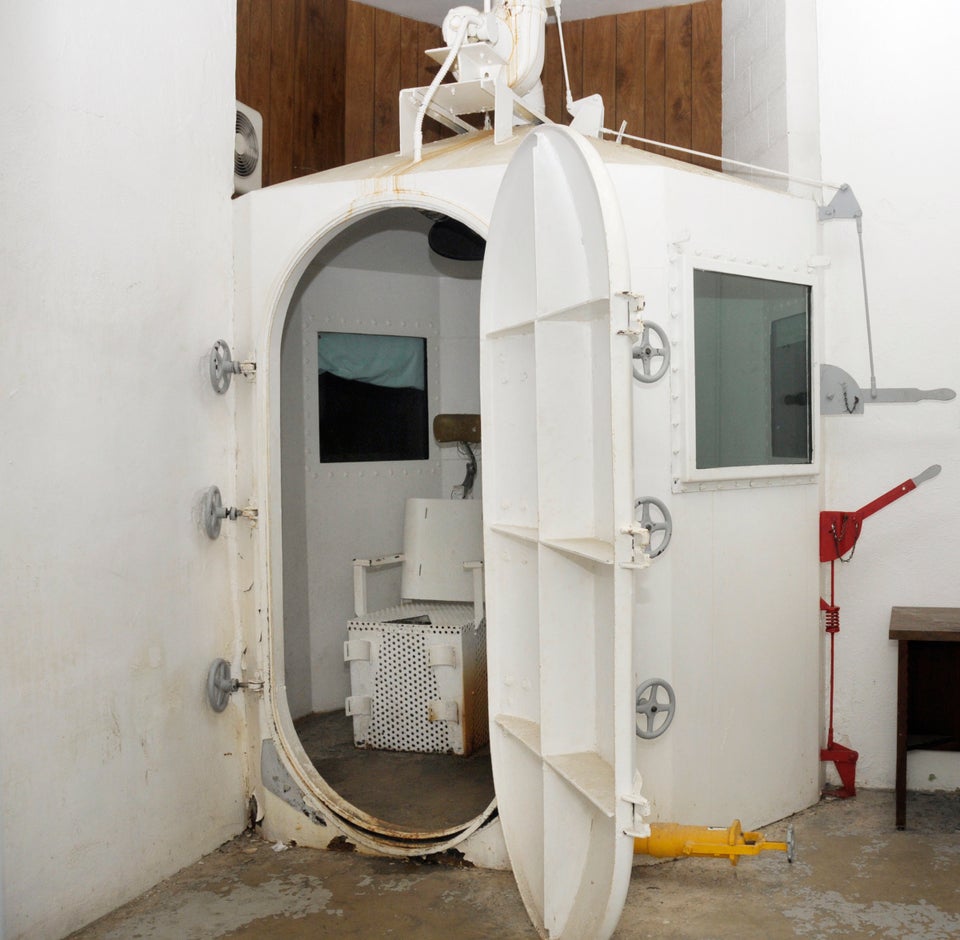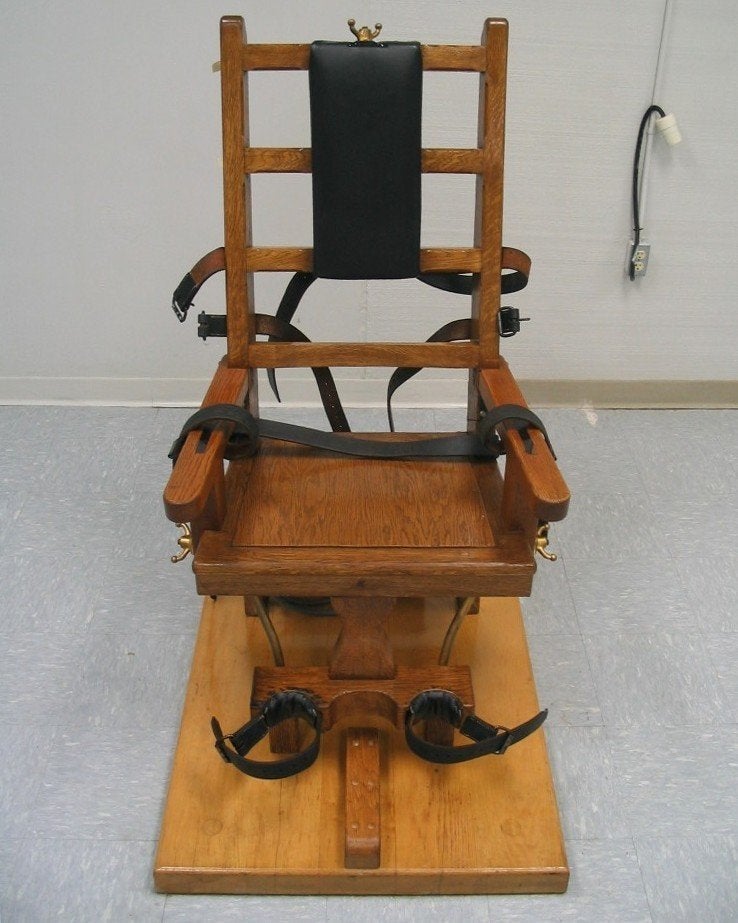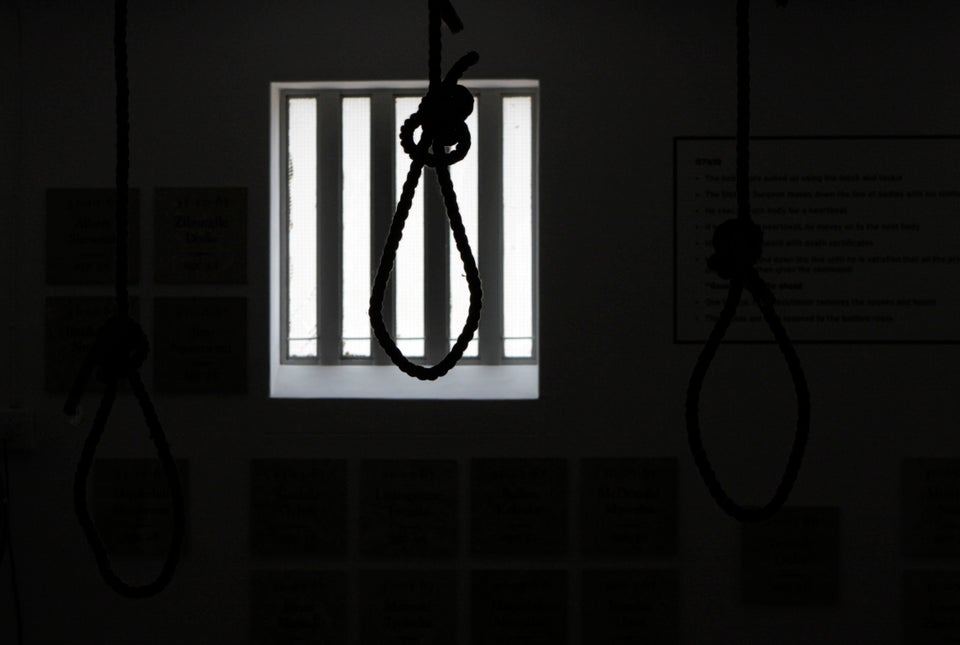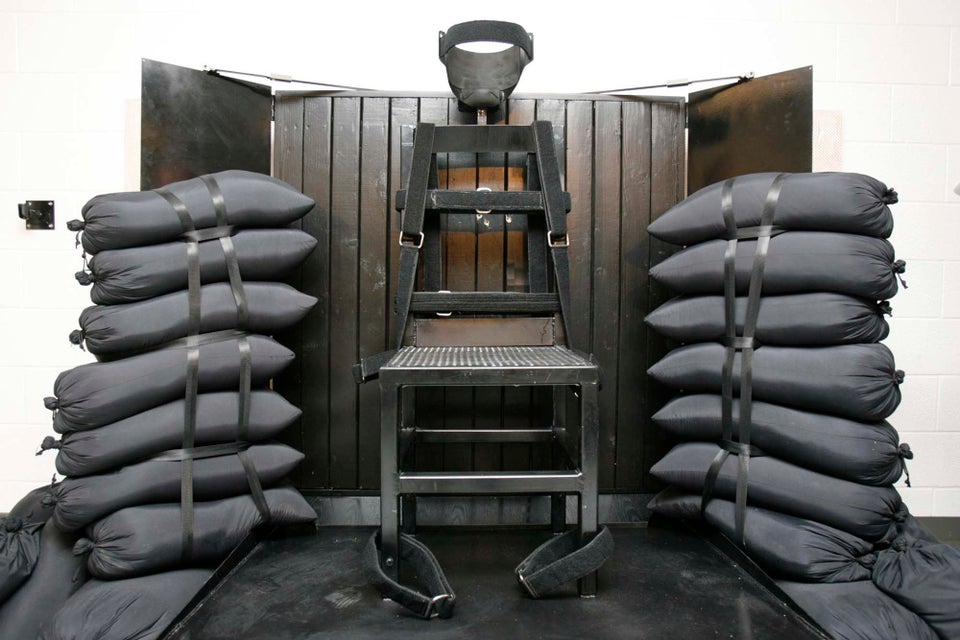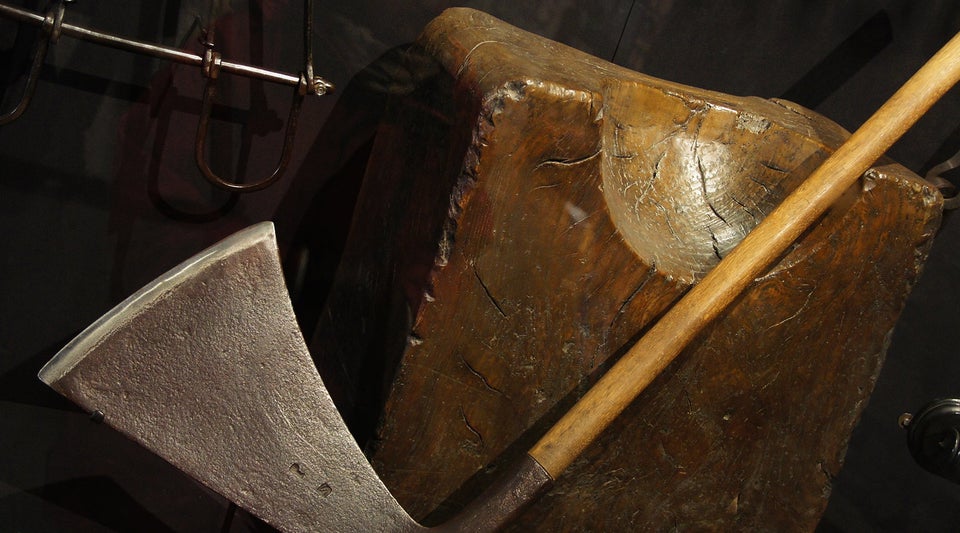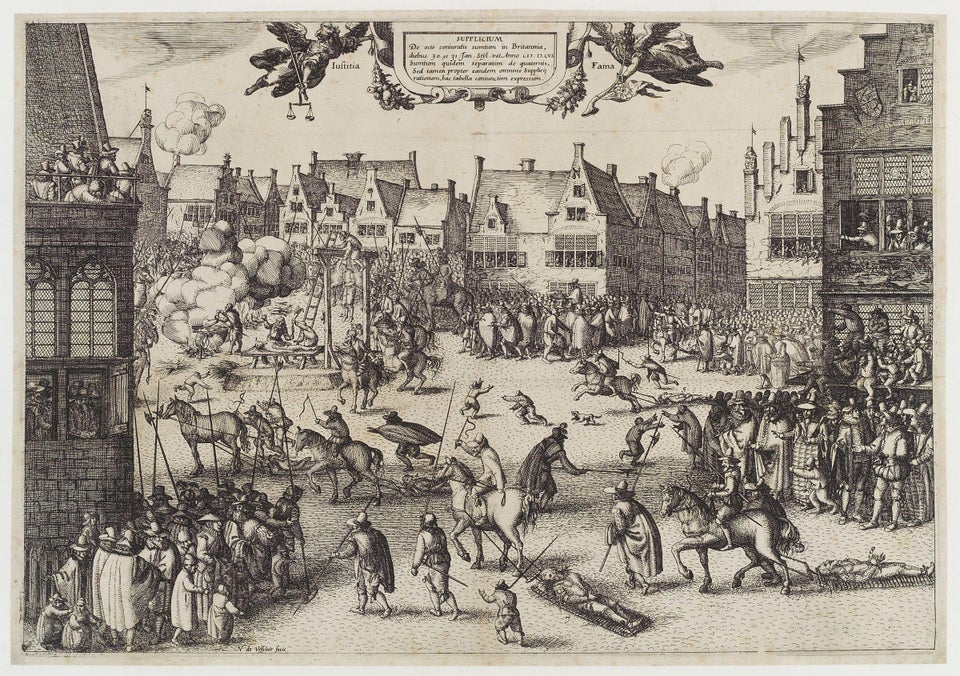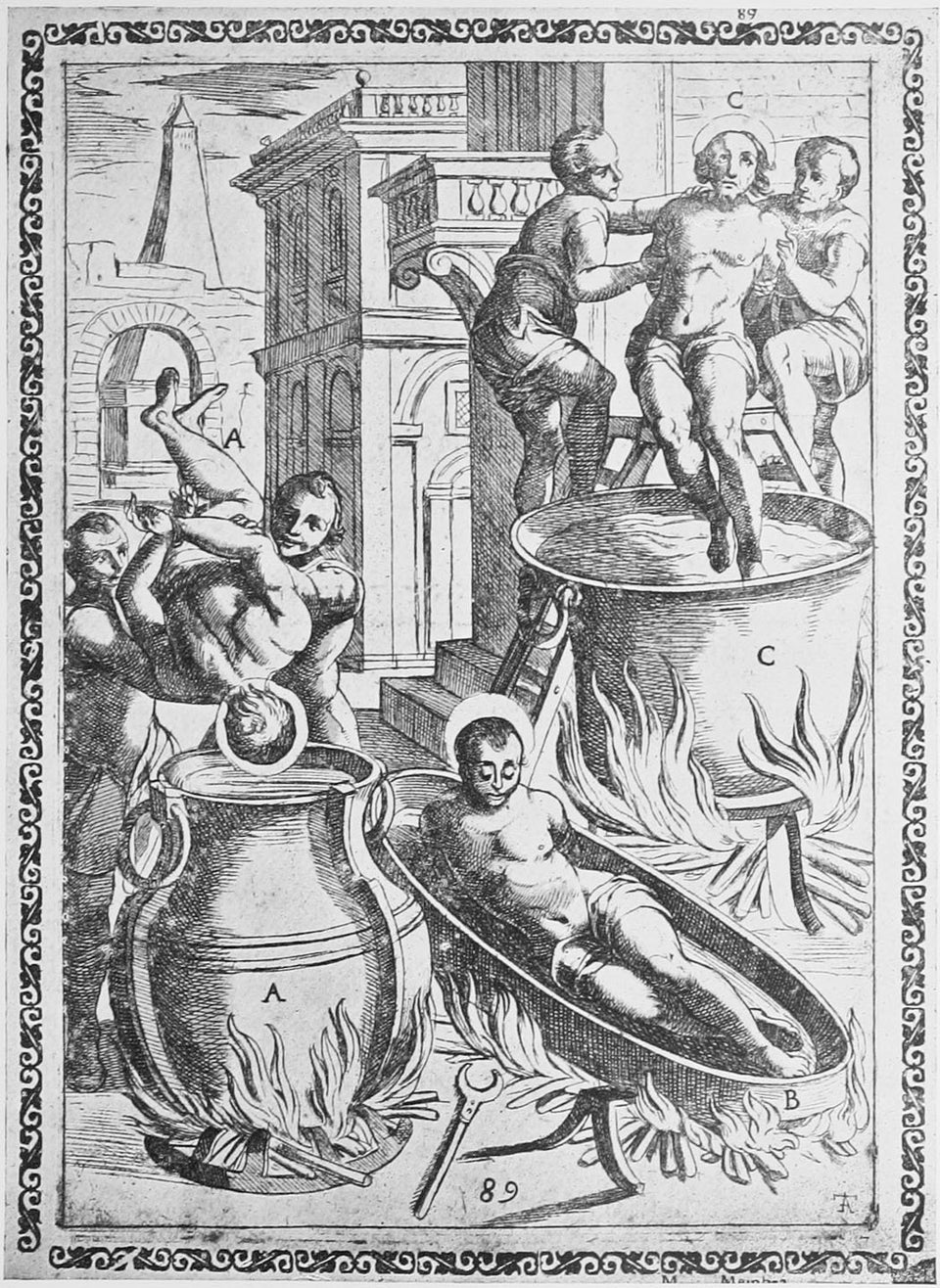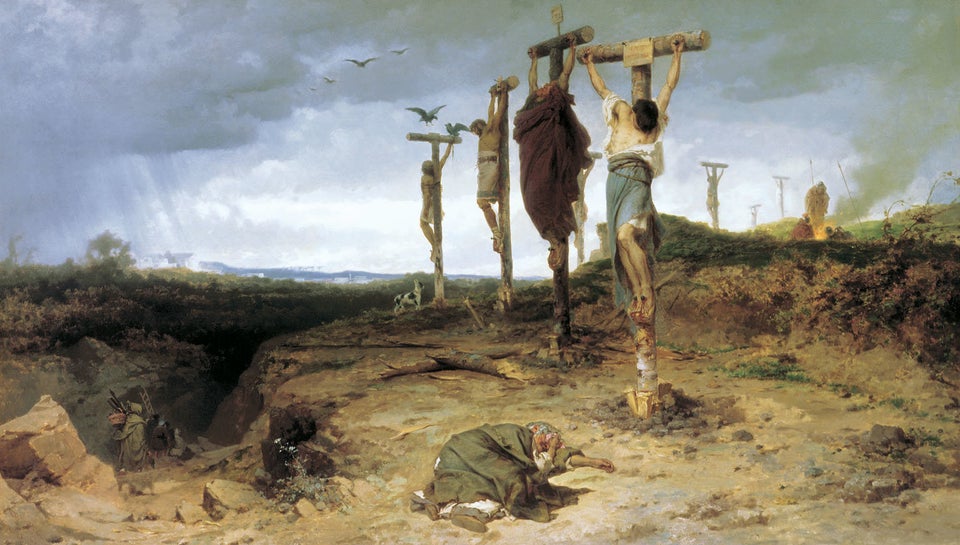
Most Americans don't want to see their state follow in Nebraska's footsteps and ban executions, a new HuffPost/YouGov poll finds, but the degree to which people support the death penalty is split along partisan and demographic lines.
Sixty-five percent of Americans say they favor the death penalty for convicted murderers, while just 25 percent oppose it. Sixty-one percent want their own state to allow for death sentences.
Just 18 percent believe death sentences are handed down too often, while 42 percent say the death penalty it isn't imposed enough, and 20 percent that the current level is just about right.
Other surveys have found support for the death penalty at similar, or somewhat lower, levels: An April CBS poll found 56 percent in favor, while Pew Research and Gallup most recently put the number at 56 percent and 63 percent, respectively.
While 44 percent of Americans in the HuffPost/YouGov poll say the death penalty is usually applied fairly, 26 percent say it's generally unfair and 30 percent aren't sure. But people are almost evenly divided on whether the death penalty actually works as a deterrent: While 41 percent say it helps prevent crime, 43 percent don't believe it does.
And a significant portion -- 40 percent -- believe that innocent people are executed occasionally or even frequently, while just 3 percent say this never happens.
That means 39 percent of Americans who think the death penalty is usually applied unfairly support it anyway, as do 43 percent of those who don't think it deters crime, and 47 percent who think that innocent people are at least occasionally executed.
A majority in both parties support the death penalty, but Republicans do so more enthusiastically, with 79 percent in favor, compared to 55 percent of Democrats. While Republicans say by a 51-point margin that the penalty is usually applied fairly, Democrats say by a 2-point margin it's generally unfair.
There's also a significant split by age, with Americans under 30 notably less comfortable with the death penalty than their older peers, and far less likely to say that it should be imposed in more cases.
The HuffPost/YouGov poll consisted of 1,000 completed interviews conducted May 30-31 among U.S. adults using a sample selected from YouGov's opt-in online panel to match the demographics and other characteristics of the adult U.S. population.
The Huffington Post has teamed up with YouGov to conduct daily opinion polls. You can learn more about this project and take part in YouGov's nationally representative opinion polling. Data from all HuffPost/YouGov polls can be found here. More details on the poll's methodology are available here.
Most surveys report a margin of error that represents some, but not all, potential survey errors. YouGov's reports include a model-based margin of error, which rests on a specific set of statistical assumptions about the selected sample, rather than the standard methodology for random probability sampling. If these assumptions are wrong, the model-based margin of error may also be inaccurate. Click here for a more detailed explanation of the model-based margin of error.
Before You Go

